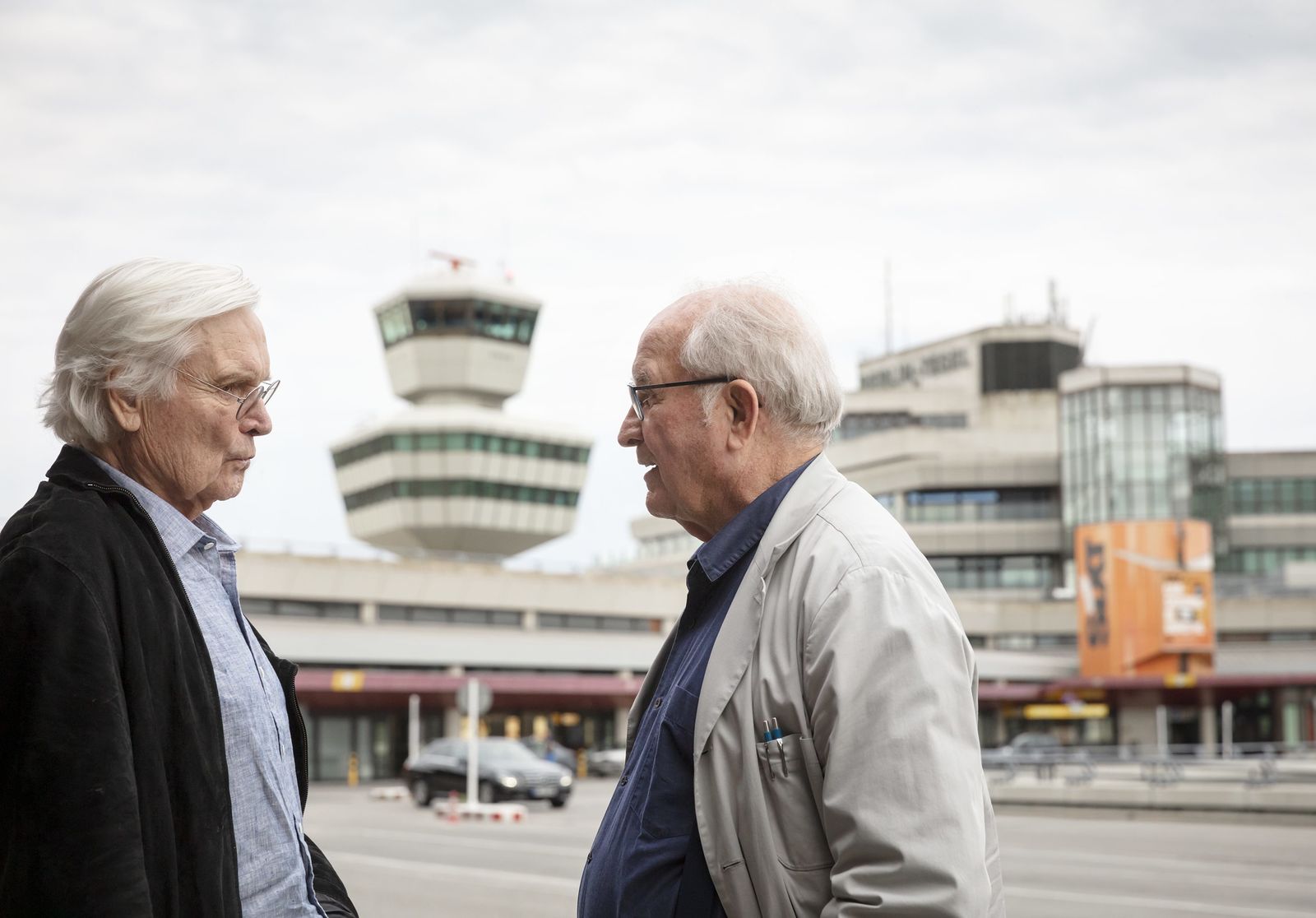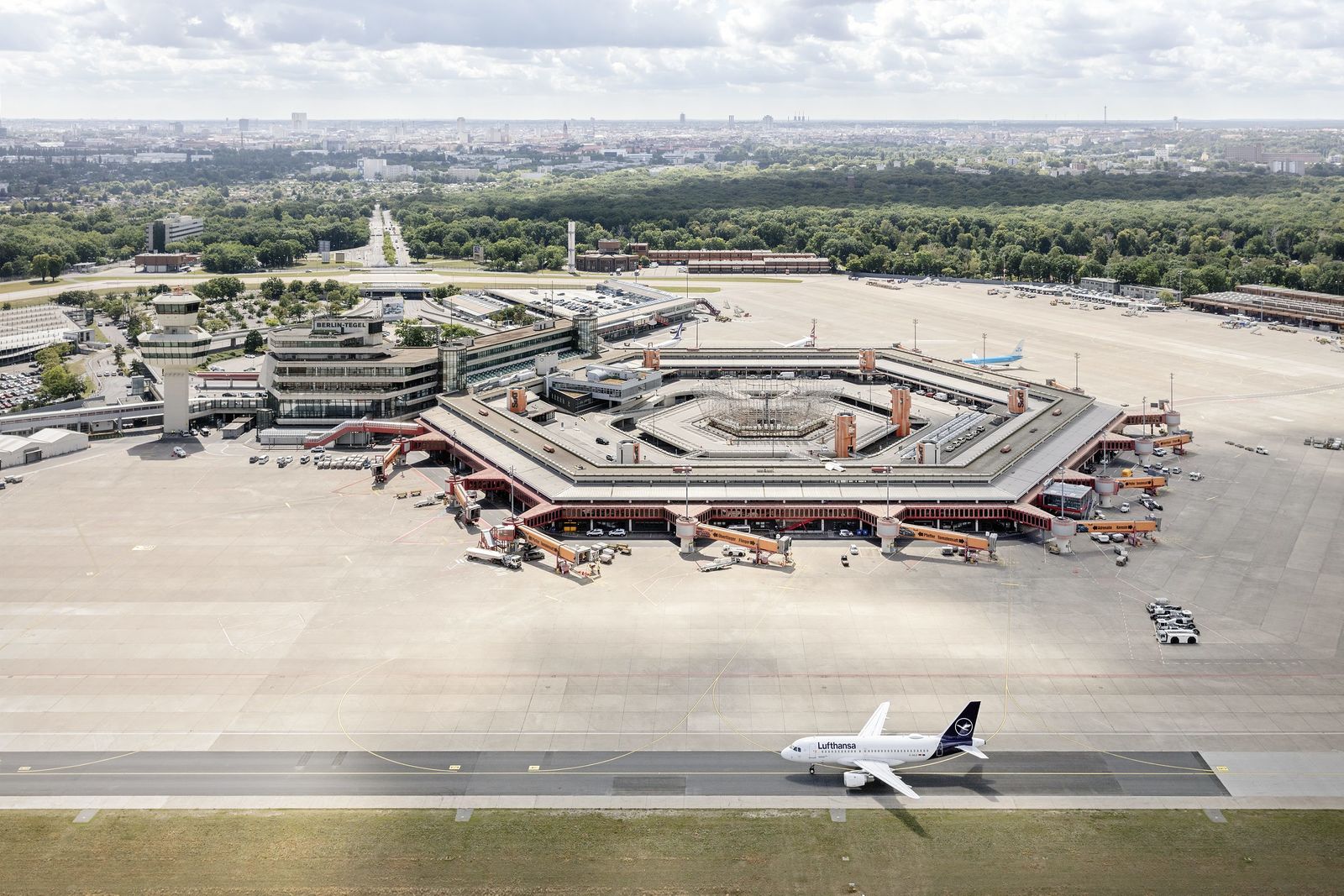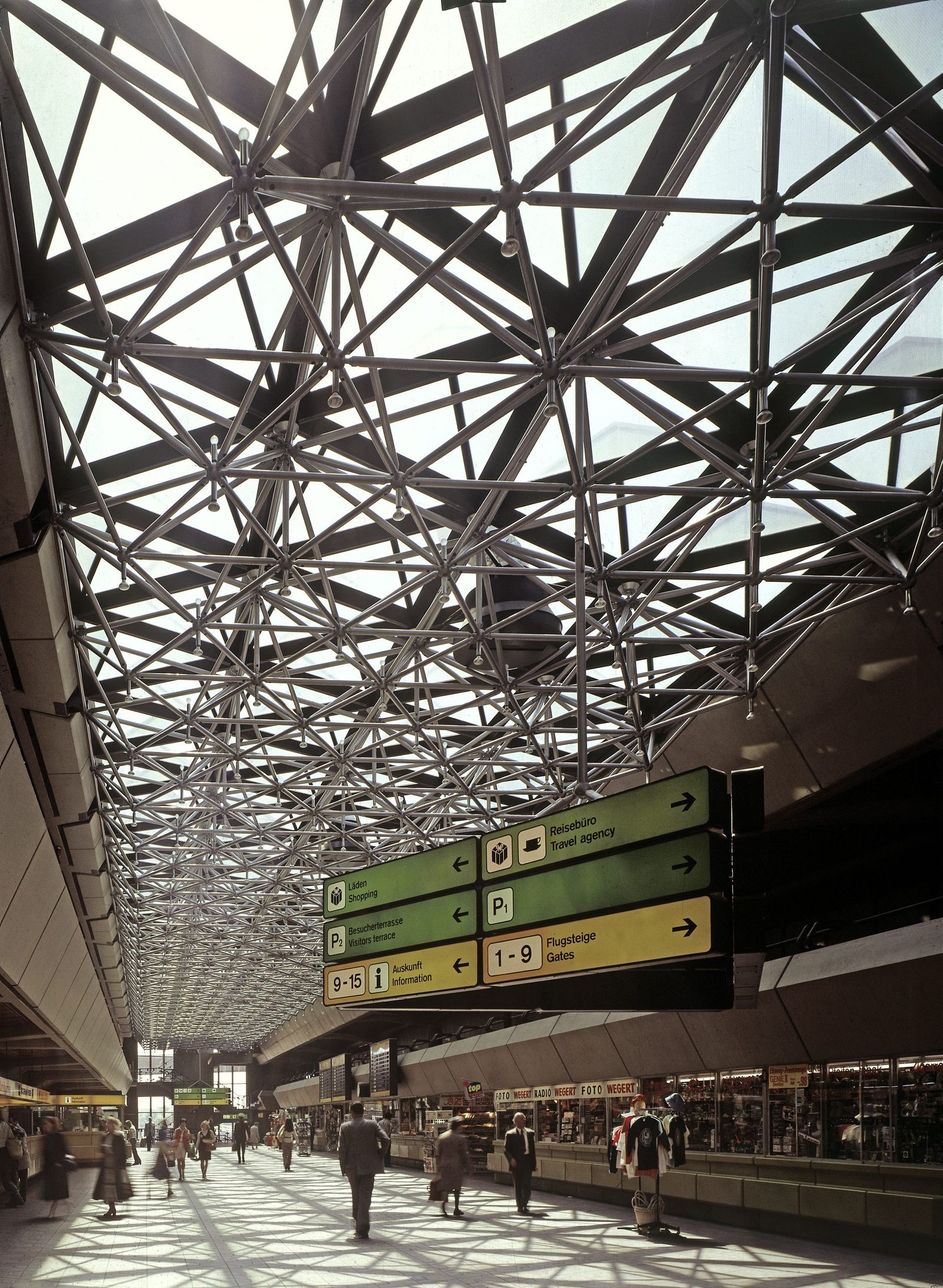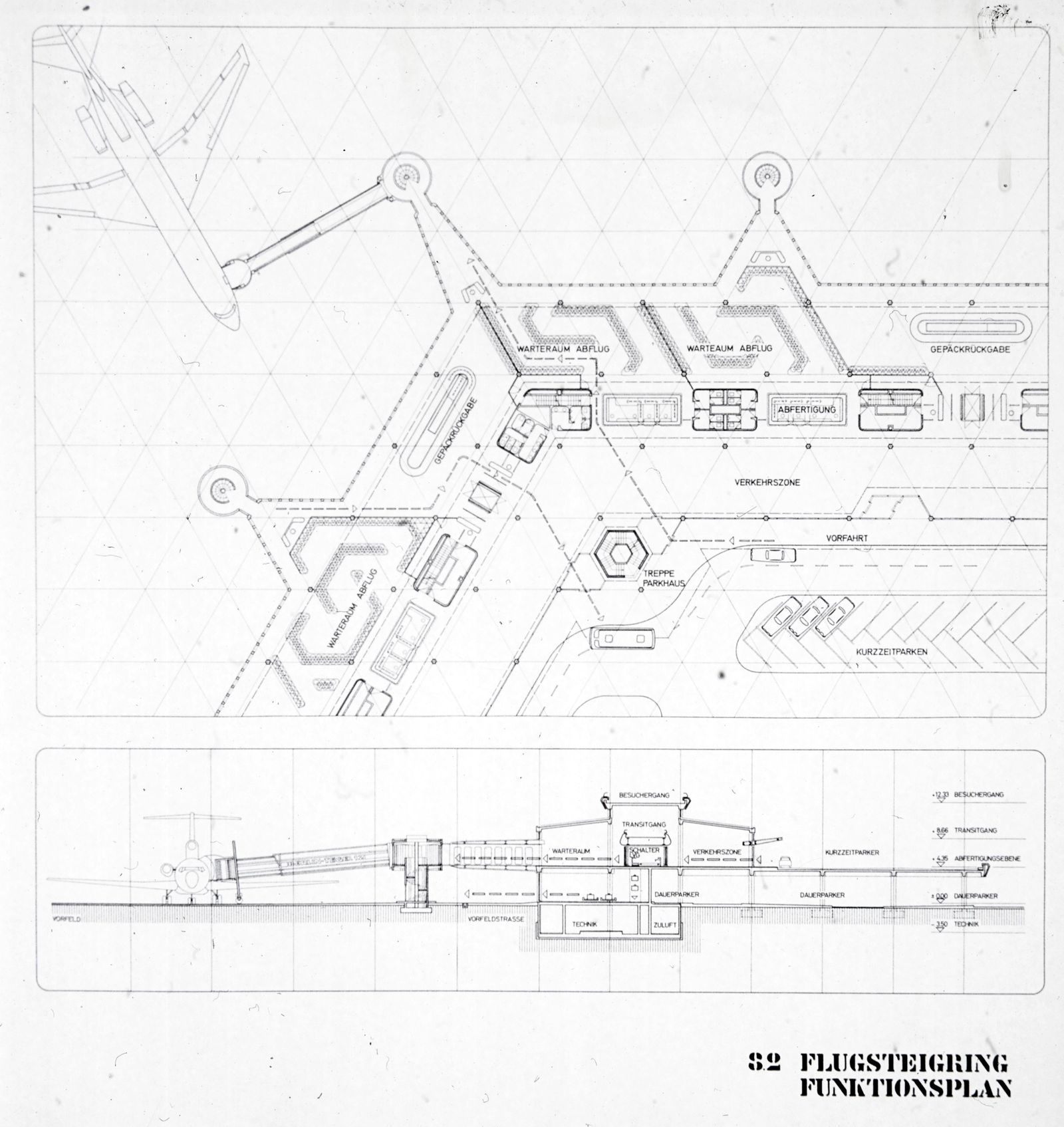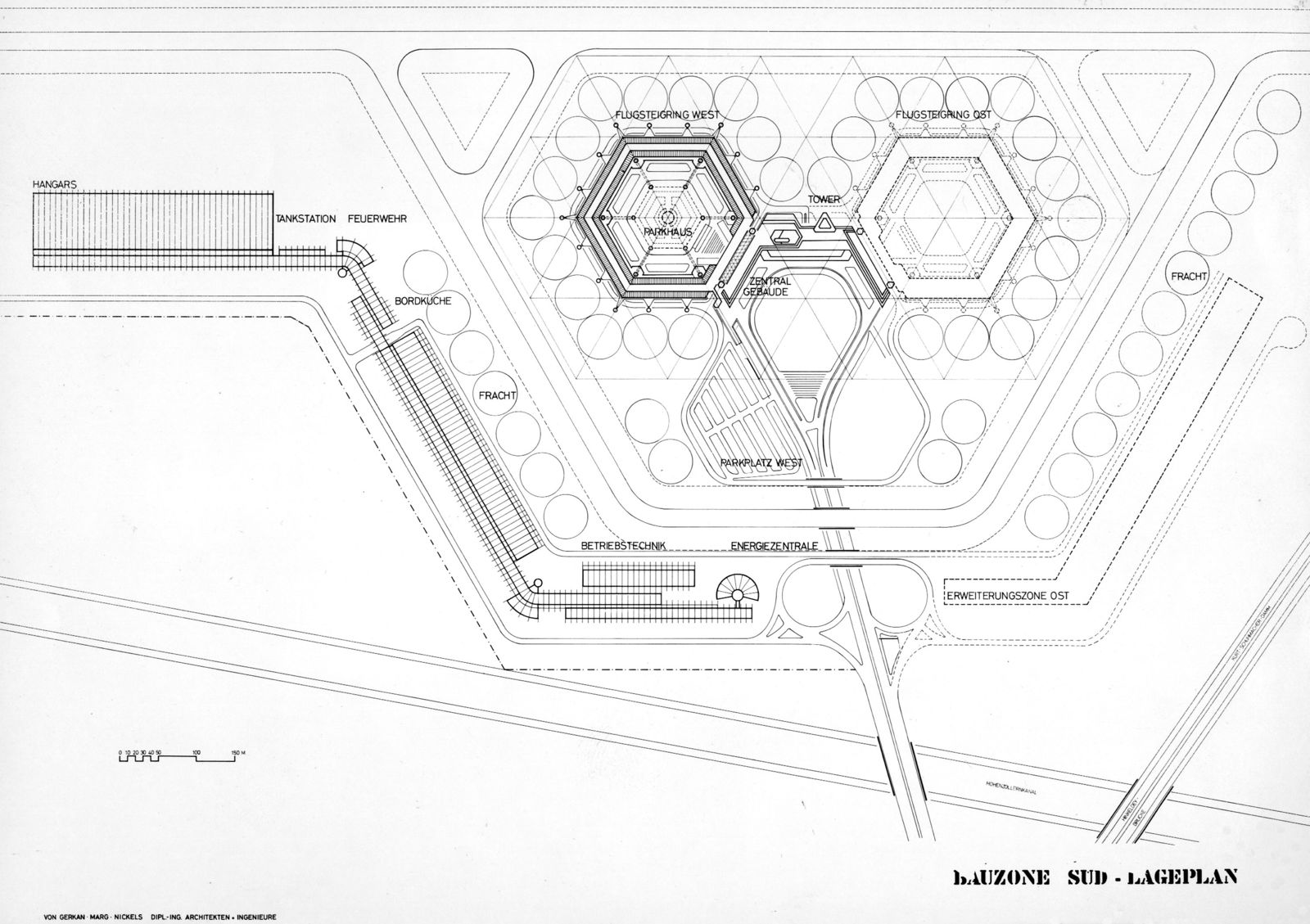Exhibition UMBAU. Nonstop Transformation // April 10 - May 5, 2025 - Jiushi Art Salon Shanghai
See you again, TXL―On Sunday, a piece of airport history comes to an end, but Tegel will remain
On November 8, 2020, the last flight will take off from Berlin-Tegel Airport. It has been in operation for 46 years and managed the change from being the door to West-Berlin to becoming the capital airport of unified Germany. Originally designed for 2.5 million annual passengers, the airport ultimately handled 24 million passengers per annum. The airport has been listed as a historic monument since 2019. Following its closure, its buildings will continue to be used as part of the future Urban Tech Republic.
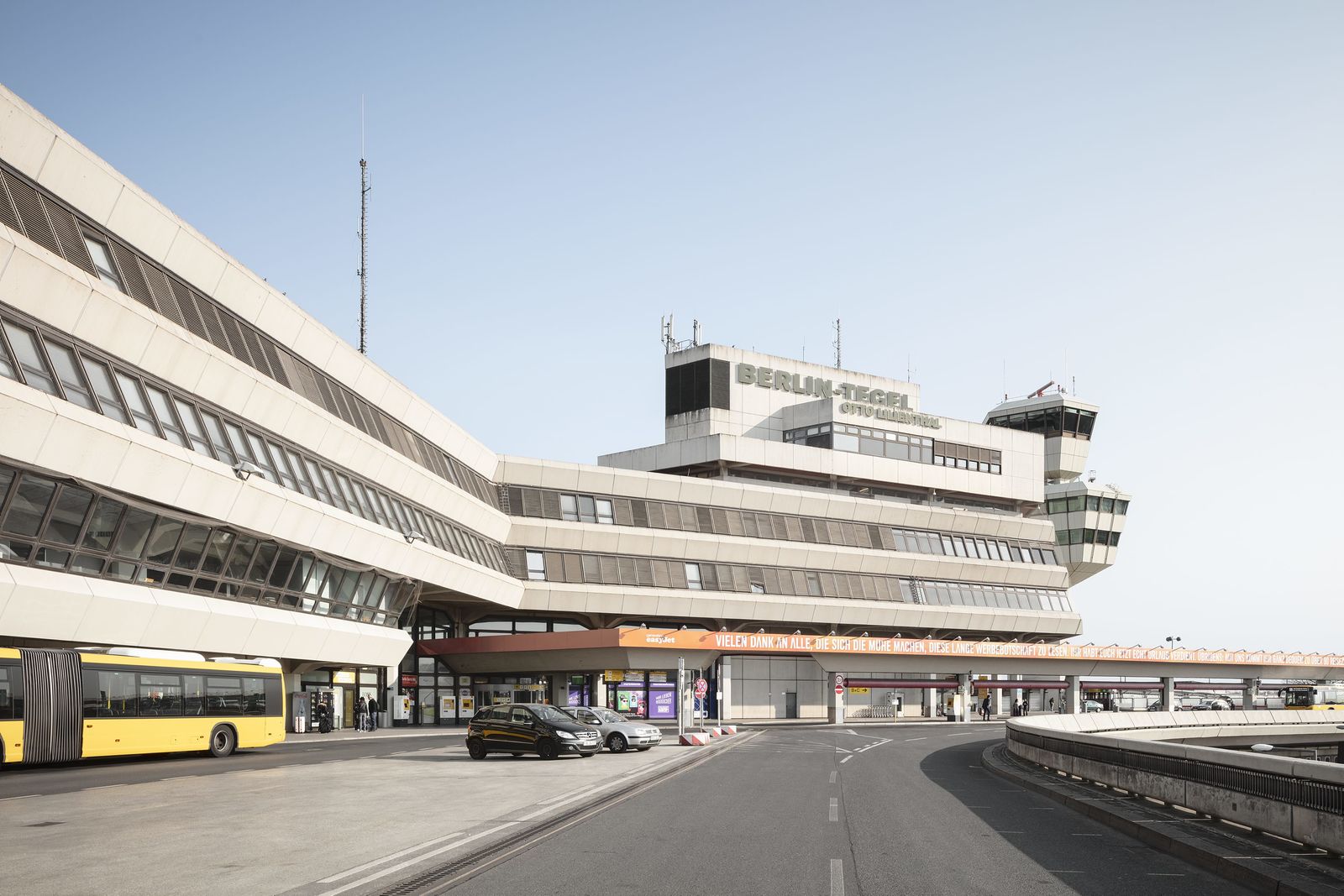
Meinhard von Gerkan, Volkwin Marg, and Klaus Nickels had just completed their architectural studies when they won the international competition for Berlin-Tegel Airport in 1965. Even though, at that point in time, they had not yet completed any buildings themselves, they had, as students on behalf of other architects, won numerous competitions with their drawings, which encouraged them to dare to participate in an international competition under their own name.
Just before, Meinhard von Gerkan had designed an airport for Hannover-Langenhagen for his diploma project and therefore brought relevant knowledge of current typologies, technical processes, and of the most up-to-date requirements for airport architecture to the table. On that basis, von Gerkan, Marg, and Nickels designed the airport strictly as a drive-in airport in which the distance from the car to the airplane was only 30 meters, a record that has remained unbroken to this day. A prerequisite for this was decentralized passenger handling in front of each aircraft position. Police, baggage drop, customs, and check-in personnel moved from gate to gate, where the guests arrived by car and were prepared for boarding. This meant that boarding and disembarking times were uniquely short. Similarly, the distance to the main hall from each gate was short, because the piers had been arranged in a circular layout.
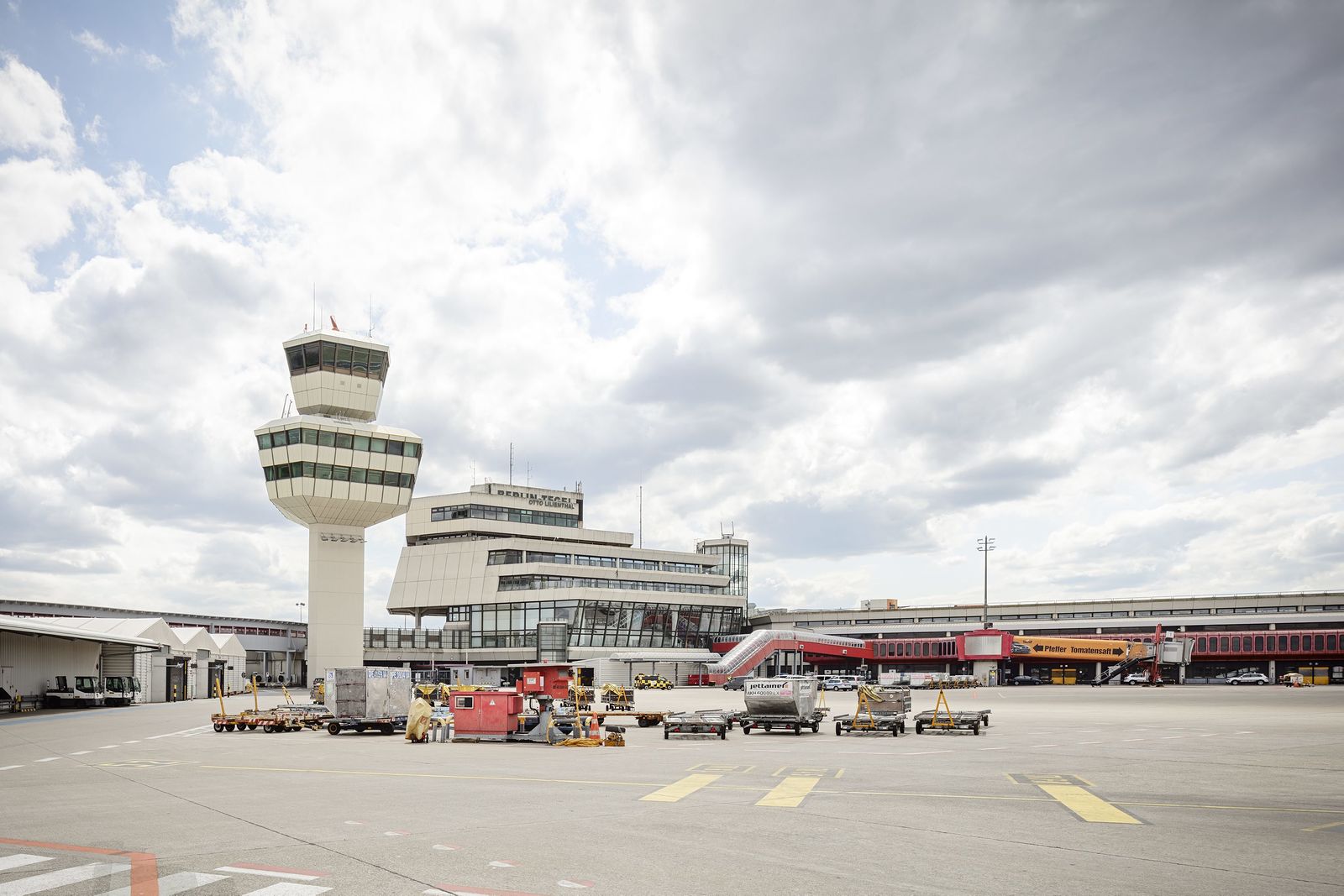
Architecturally, this arrangement resulted in extraordinary ring-shaped geometry in the form of a hexagon composed of six equilateral triangles. The entire airport, from the urban design aspect through to the furniture and floor tiles, which were all―without exception―designed by von Gerkan, Marg and Partners Architects, is based on this basic hexagonal shape with the 60-degree angle of the equilateral triangle. At the stage of the competition, provision had already been made for doubling the size by adding a second ring of piers.
The experienced architect Rolf Niedballa was the architects’ first partner and managed the building project. This involved more than half a dozen individual building projects, including the aircraft maintenance hangar, the energy center, the grit store, further service buildings, and the hangar for jet engine trials.
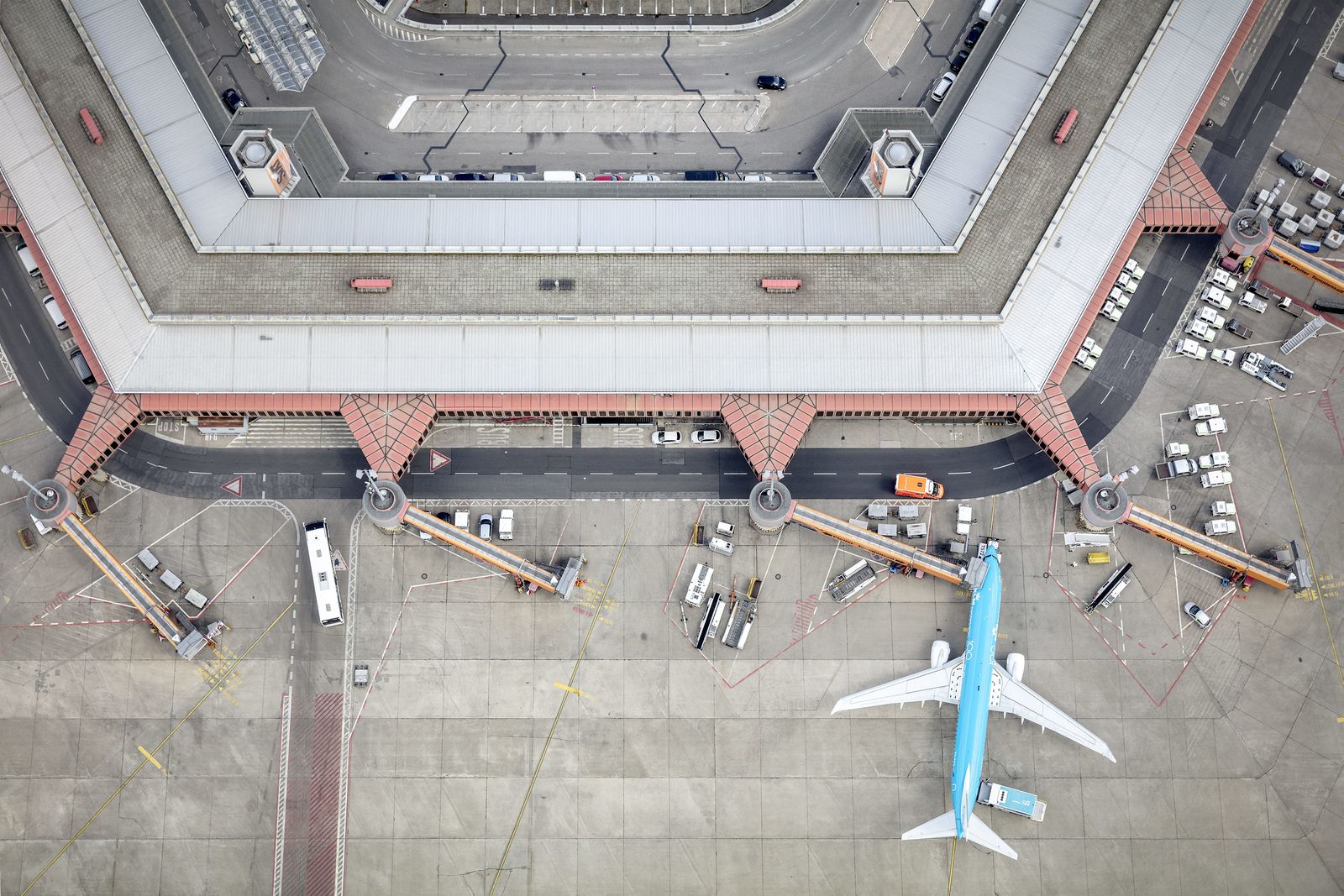
Upon completion of the project, the architecture and functionality were considered groundbreaking. The assumption was that, in future, other airports would be built on the Berlin-Tegel template. However, from the middle of the 1970s, the passenger-friendly layout with decentralized passenger handling was no longer suited to the new safety facilities required due to terrorism and the increasing demand for retail space, which meant that Berlin-Tegel has remained unique to this day.
In 2016, Berlin-Tegel Airport was awarded the Klassik-Nike award by the Federal Office of the Association of German Architects (BDA). Since 2019 the airport has been listed as a historic monument―an acknowledgement that reflects the popularity of the airport, which has consistently grown over the years, having enjoyed virtual cult status amongst passengers and Berliners in spite of being notoriously overloaded in recent years.
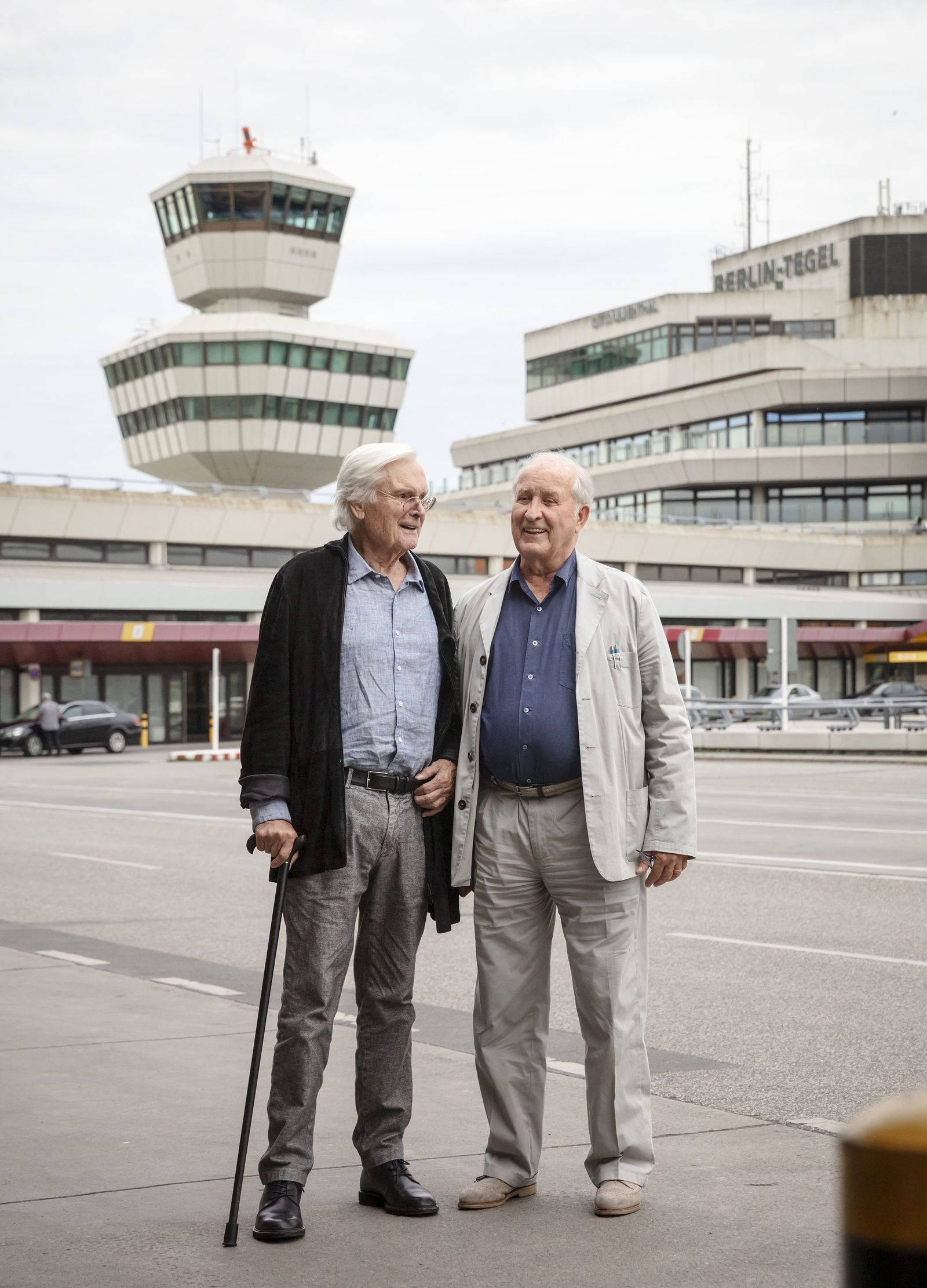
As early as 2008, von Gerkan had sketched his first vision, “TXL plus”, for the subsequent use of the airport site. Currently, gmp is working on the design of the subsequent use of the main and entrance buildings, the central hall, and the tower as part of the Urban Tech Republic of Tegel Projekt GmbH. On November 9, 2020, just in time for the closure of the airport, Park Books Publishers is publishing “TXL. Berlin Tegel Airport” edited by Jürgen Tietz. With contributions from Meinhard von Gerkan and Volkwin Marg, amongst others, the book documents the unique concept of this architectural icon as seen at the time, from competition to completion, in many hitherto unpublished plans and photographs.
